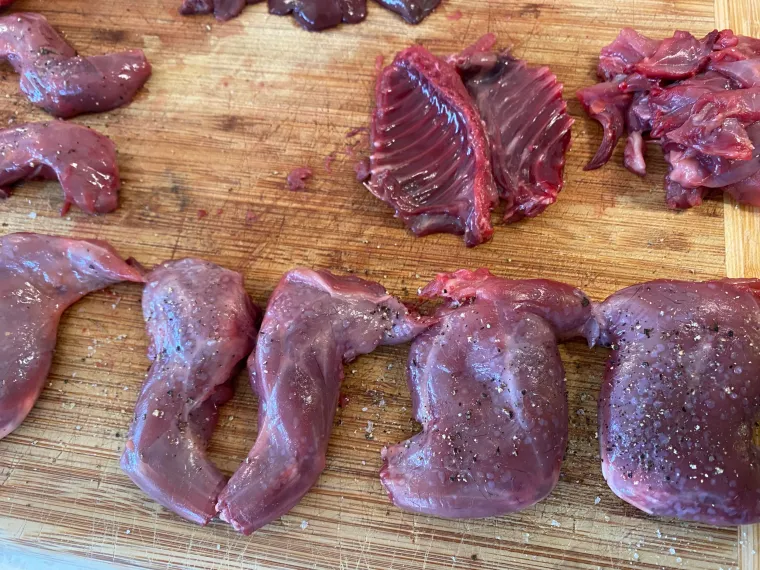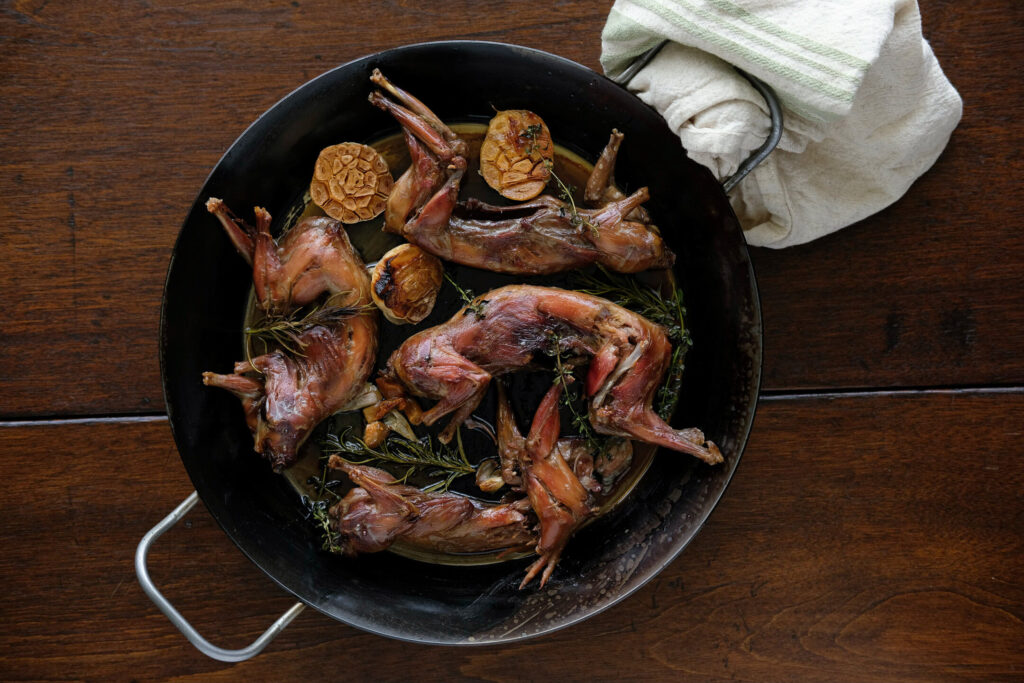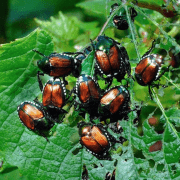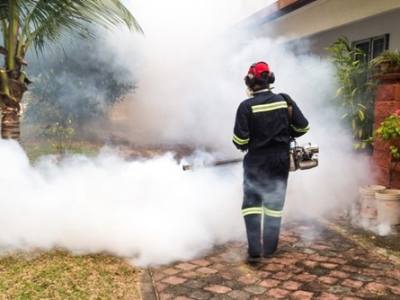Have you ever thought about eating squirrels? Knowing what part of a squirrel is safe to eat and what you should avoid is important.
Squirrels are small, bushy-tailed creatures that live in trees and parks. Some people eat squirrels, but you need to be careful about some things. We will explain which parts of a squirrel you should not eat.
Squirrels are like little acrobats, but not all their body parts are good for eating.
We will talk about a squirrel’s safe and unsafe parts, so you’ll know what to look for if you ever try squirrel meat.
So, if you’re curious about trying squirrels or want to learn something new. let’s start by finding out if you can eat squirrels.
The Parts to Avoid Eating in Squirrels

1. Organs and Glands
Don’t eat a squirrel’s liver, kidneys, spleen, or pancreas. These parts might contain harmful substances from the squirrel’s food.
If you eat them, you could get sick or have health problems. So, it’s best to stay away and safely eat other parts of the squirrel.
2. Bones and Cartilage
Squirrel bones and cartilage aren’t poisonous but hard to eat. They don’t have much tasty meat.
If you try to chew or swallow them, it can hurt your teeth and tummy. So, when you have squirrel for a meal, eat the good parts, not the tough bones and cartilage.
3. Head and Brain
Don’t eat a squirrel’s head or brain. They can have a bad sickness called prion disease.
This sickness can make you very sick or even die. So, it’s best not to eat these parts of a squirrel to stay safe.
4. Tail
Don’t munch on a squirrel’s fluffy tail. It’s not a yummy choice. This tail has very little good-to-eat meat, mostly just fur and bones. Eating it wouldn’t taste good and would be quite hard.
So, if you’re thinking of cooking a squirrel for a meal, focus on the other parts that give you more meat and flavor.
The tail won’t fill you up or make your taste buds happy, but other parts of the squirrel can give you a more satisfying and tasty meal.
5. Skin and Fur
Before cooking a squirrel, removing its skin and fur is crucial. You can’t eat these parts, and the meat won’t taste good if they stay on. To make your meal better, remove the skin and fur before cooking.
This will make your squirrel dish much tastier. So, when you’re cooking a squirrel, always remove the skin and fur.
The Safe Squirrel Meat Parts to Consume

1. Squirrel Meat
Squirrel meat is safe and yummy for a protein-rich meal.
When you cook it right, it’s healthy and tasty. People who hunt or live in the wild often enjoy squirrel meat in stews, casseroles, or grilled dishes.
To ensure it’s safe to eat, handle the meat carefully, just as you would with any other wild animal. Following food safety rules, please keep it clean and tasty.
So, if you want to try something unique and good for you, give squirrel meat a shot.
2. Legs and Thighs
Aim for the legs and thighs to get the yummiest bit of squirrel. These parts are super tender and tasty. So, if you’re picky about what you eat, stick to these meatier areas, and you’ll love the flavor.
Squirrel meat varies in taste and texture depending on the part you choose to munch on.
They’re juicy and tender, bursting with a rich, delightful flavor that’s hard to beat. Squirrels are small critters whose body parts don’t all taste the same.
Some parts might be tougher or less flavorful, but they’re the go-to choice for many who enjoy squirrel cuisine.
3. Young Squirrels
Young squirrels, sometimes called pups or kits, are loved by people who enjoy eating squirrels.
Their meat is softer and tastes better than older squirrels. Many squirrel fans prefer them because they’re easier to cook and make yummy dishes.
You can roast, grill, or stew them, which will be delicious. So, if you want to enjoy the best squirrel meal, these little pups are your go-to choice.
Safety Precautions Before Consuming Squirrels
1. Hunting Regulations
If you want to hunt squirrels for food, you must first check the rules where you live to see if it’s allowed.
Different places have different rules, so it’s important to follow them. Next, make sure you get the special papers you need.
These are like permission slips that let you hunt squirrels without any problems. Without these papers, you might get into trouble.
2. Cooking Thoroughly
To make squirrel meat safe to eat, cook it well, until it’s at least 165°F (74°C) inside.
This way, you’ll eliminate bad things like parasites or germs. So, when you’re cooking squirrel, pay attention to the temperature.
It’s ready to eat when it hits 165°F (74°C). This simple step ensures your meal is both tasty and safe.
3. Personal Allergies or Sensitivities
Before you try squirrel meat, talk to a doctor if you have allergies or food problems, especially with wild game or certain foods.
They can help you stay safe and enjoy your meal. Your health is important, so ask a doctor before trying this unusual food.
Conclusion
It’s important to be safe and smart when eating squirrels. The parts of a squirrel you should NOT eat are the brains, spinal cord, and organs like the liver and kidneys.
These parts can contain harmful substances, like diseases, so it’s best to avoid them.
The safe parts to eat are the meaty parts like the legs and body. Make sure to cook them well to kill any germs.
It’s also a good idea to check for any small bones while you’re eating. They can be tricky if you decide to try squirrel meat.
Make sure it’s cooked well, and you avoid those parts.










Comments